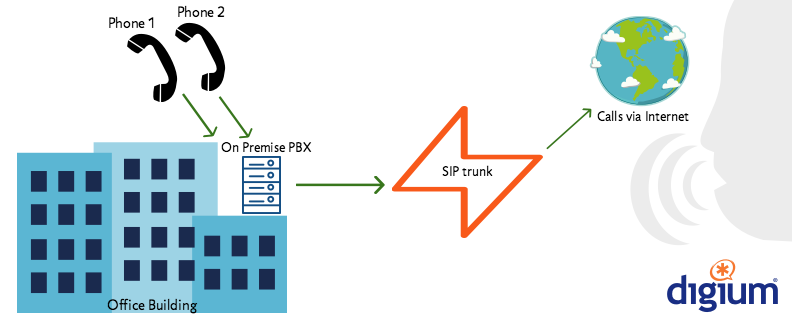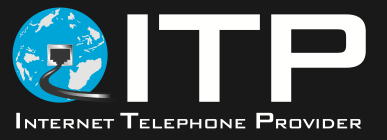What Is A Sip Trunk?
SIP Trunk is a virtual telephone line service offered by ITSPs, they deliver the trunk phones through the Internet instead of traditional PSTN lines (copper phone lines). There are other means where Trunking can be delivered but it's preferred via IP nowadays. Hence, becoming more popular and ideal solution for companies due to its less costly, reliability and flexibility.
Defining the terms...
- SIP stands for Session Initiation Protocol
- ITSP for Internet Telephony Service Provider and
- PSTN is short for Public Switched Telephone Network
How does SIP Trunk works?
It's recommended that the upload speed should be equal. In traditional telephone system, when a call is placed by someone, the call is directed to the telephone provider’s company (PSTN), which will direct to the receiver’s PSTN and in turn this will be forwarded to the receiver’s telephone line. This is also called as Legacy Connection.
In SIP Trunking, when someone calls from an external source, the calls will be directed to their telephone service provider (PSTN), who will forward to the receiver’s ITSP and then the ITSP will send this to the receiver’s IP address through internet and the receiver’s router will identify this as a SIP incoming call and will send to the receiver’s company’s phone system (PBX). The PBX will recognize the number which has been dialed and will direct it to the particular telephone client.
When this process is done in reverse, the user dials the number and the call is processed in his PBX, which transmits analog voice into digital packets and will send to the router. The router prioritizes voice incoming and outgoing calls based on its configuration. The router will take this call to the ITSP through the internet. The ITSP will direct to the proper PSTN and finally the PSTN will deliver the call to the related telephone line or mobile phone.
Requirements
In order to use SIP-Trunking, the following requirements have to be in place:
- A stable Internet Connection
- Telephone System capable of using SIP
- Service from an Internet Telephony Service Provider (ITSP)
- A Router that can prioritize SIP Traffic, especially with QOS
- An open source routing software such as PFSense.
Benefits
- The foremost main benefit over traditional phone system is the cost savings. Traditional phone system requires more cables to create separate lines for individual users. The installation and maintenance thereby becomes costly. SIP-trunks use DID numbers on which assigning DID numbers as much as required is cheaper than having separate lines.
- The DID numbers assigned in the SIP-Trunking can be used by the user from any part of the world, which means his presence is available at all times to reach.
- It gives low cost to local, long distance or international calling as it is directed through the Internet and ITSP.
- DID numbers can be generated very quickly and no hassles in waiting for a complicated registration process as done with traditional telephone systems.
- Easy to move phone system to a new location as DID numbers can be accessed by users from anywhere.
- In case when internet goes out, the calls are automatically routed to a Cell Phone, a backup traditional phone or a backup internet service provider, which means there is no necessity to miss an important call.
Who needs SIP?
Businesses of all size and really good for advertising. This is because separate DID numbers can be assigned to receive calls from customers through various advertising platforms. For example, a customer who sees an advertisement in TV dials the number as 555-1000, his calls can be directed to a separate telephone as ‘TV Ads’, another customer calls the same company by looking at a paper advertisement as 555-1001, his calls can be directed to a separate number assigned as ‘Paper Ad’. In this way, the company can know the responses from various advertising Medias.
Where to find..
SIP providers, check back as I will list some SIP Trunk providers here....
Business VoIP Phone Service Providers
|
Provider Name |
Monthly Cost |
More Info & Details |
 |
From $19.95 - $29.95/mo |
More info about Jive |
 |
From $19.95 - $29.95 / Month |
Visit Nextiva link |
For more details or list of companies visit business VoIP providers.
Want to list a provider? Feel free to use List Your Company.
Related Articles...You May Be Interested In:
External related link/s and resource/s:
What is SIP Trunking - By Digium
VoIP › SIP Trunk
Related searches, keywords, tages: ivr, open source, ip pabx voip,








